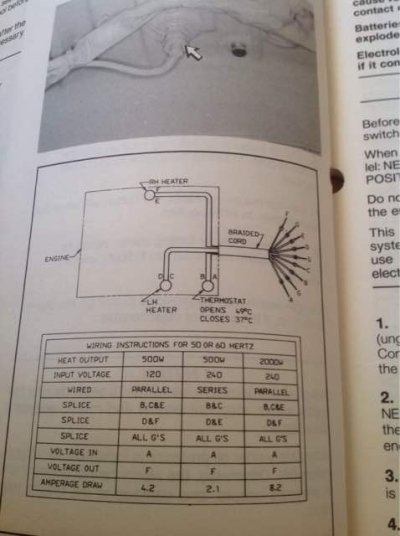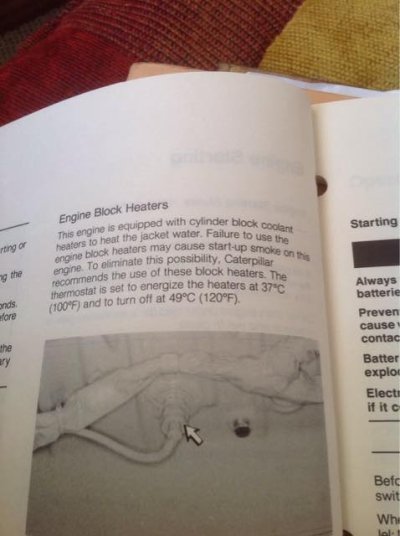dhays
Guru
- Joined
- May 26, 2015
- Messages
- 9,045
- Location
- United States
- Vessel Name
- Kinship
- Vessel Make
- North Pacific 43
A bit of thread drift but....
My marina is at the head of my little harbor. It takes 20 at least from start up to get out of the harbor which is all a no wake zone. That means at least 20 minutes of idling, more if I am stopping at the pump out on the way out, which means another almost cold start.
Other than a oil pan heater (on my list), is there anything that can be done to minimize any negative affects? I have not checked how long it takes to get up to temp while leaving the harbor.
My marina is at the head of my little harbor. It takes 20 at least from start up to get out of the harbor which is all a no wake zone. That means at least 20 minutes of idling, more if I am stopping at the pump out on the way out, which means another almost cold start.
Other than a oil pan heater (on my list), is there anything that can be done to minimize any negative affects? I have not checked how long it takes to get up to temp while leaving the harbor.



